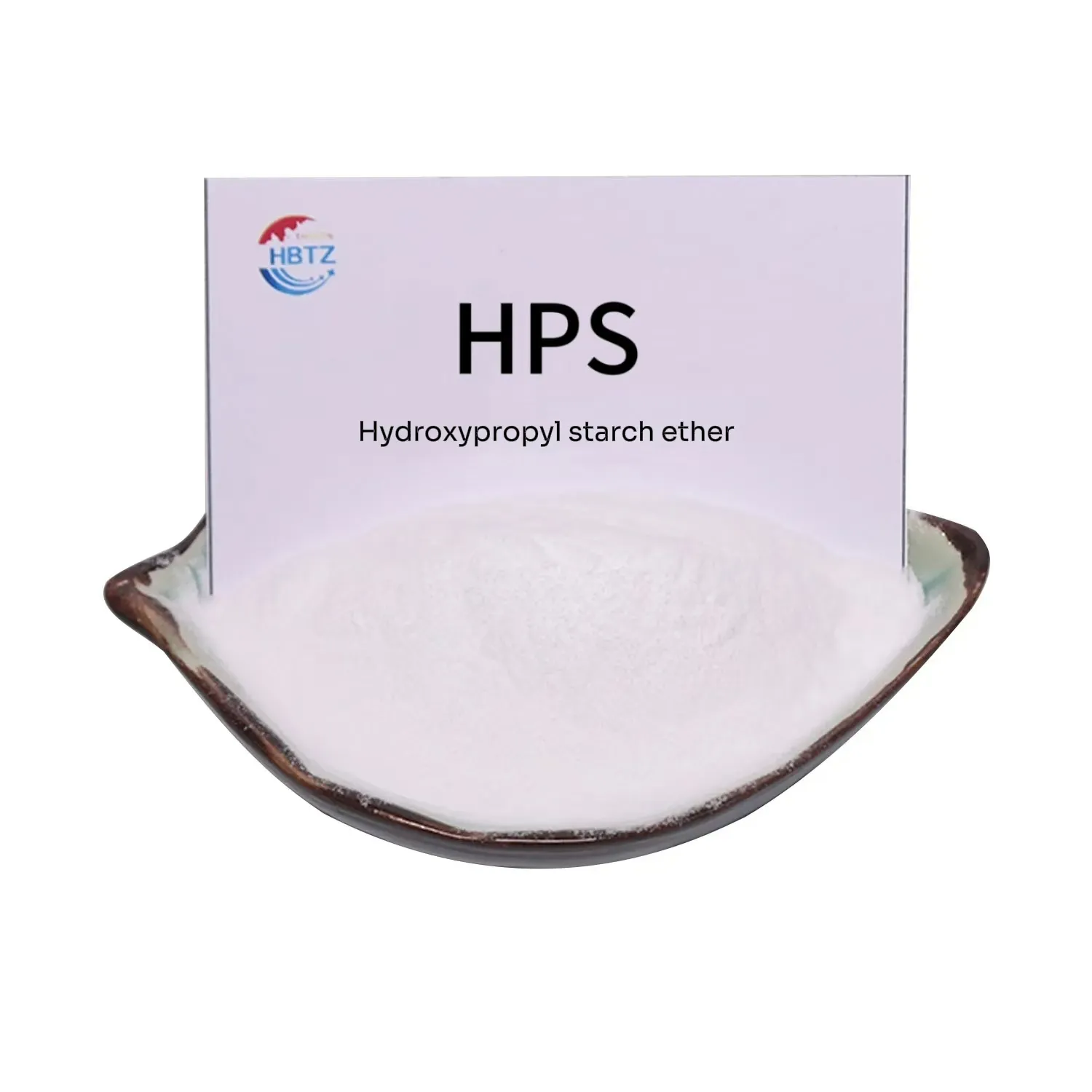
Hydroxy Starch: Clean-Label, Bio-Based Thickener—Why Choose?
Hydroxypropyl Starch Ether (HPS): field notes from job sites and labs
If you’re sizing up hydroxy starch for modern dry-mix mortars, here’s the short version: HPS is the quiet additive that makes trowels glide, tiles stay put, and mixes age gracefully. It’s a fine white powder—plant-based, highly etherified, spray-dried, no plasticizers—and yes, very different from ordinary starch. I’ve watched buying teams shift to HPS because it stabilizes recipes without blowing up cost. Trends? Greener binders, leaner cement, higher filler loads; HPS slots right in.

Where HPS shines (and why teams keep it)
- Tile adhesives (EN 12004), gypsum and cement plasters, self-leveling underlayments, EIFS basecoats, block adhesives.
- Benefits reported by applicators: longer open time, smoother spread, anti-sag on walls, fewer re-temperings. Many customers say it “feels creamier” at the same water.
- Low dosage (≈0.05–0.3%) with big impact on water retention and workability; real-world use may vary by filler and temperature.
Technical specs at a glance
| Parameter | Typical Range | Method |
|---|---|---|
| Appearance | White to off‑white powder | Visual |
| Moisture | ≤ 8% | Oven dry, ≈105°C |
| pH (1% sol.) | 8.0–11.0 | Internal SOP |
| Viscosity (1% sol.) | 100–600 mPa·s | Brookfield RV, 20°C |
| Fineness | ≥ 95% through 120 mesh | Sieve, ISO 565 |
| Bulk density | 350–550 g/L | Tamped |
Origin: Room 2308, Dongsheng Plaza 2, No. 508 Zhongshan East Road, Chang’an District, Shijiazhuang, Hebei, China.
Process and QC (short version)
Natural starch → alkaline activation → etherification with propylene oxide (controlled DS/MS) → neutralization → washing → spray drying → milling → packaging. QC covers DS, moisture, pH, viscosity profile, and sieve residue. Facilities I’ve visited run ISO 9001, with batch retention samples and COAs. Shelf life ≈ 24 months sealed, cool/dry.

Application data and standards
- Tile adhesive (C1T baseline): with 0.15% hydroxy starch, EN 1348 tensile adhesion: 1.1–1.4 MPa dry; open time ≥ 0.5 MPa at 30 min; slip ≤ 0.5 mm. Lab data; your fillers and cement will nudge numbers.
- Gypsum plaster: EN 1015-3 flow kept 180–190 mm at 20°C; water retention ≥ 95% (filter test).
- Self-leveler: maintains viscosity window while reducing segregation; ASTM C1708 rheology indexes within spec.
- Service life of finished systems depends on formulation; EIFS adhesives typically validated 10–25 years under ETAG/ETICS regimes—conditions matter.
Vendor snapshot (what buyers compare)
| Vendor | MOQ | Lead time | Customization | Certs | Notes |
|---|---|---|---|---|---|
| Tangzhi HPS | ≈1 MT | 7–15 days | DS/viscosity tuning, sieve cuts | ISO 9001 | Strong mortar tech support |
| EU Supplier A | ≈500 kg | 2–3 weeks | Premium grades | ISO 9001/14001 | Higher price, tight specs |
| Trader B | Flexible | Stock dependent | Limited | Varies | Good for trials |
Customization tips
Ask for viscosity curves at your shear rate, water-retention at 0.1–0.2% dosage, and compatibility with your HPMC/EVA. Also, request side-by-side EN 1348 and EN 1015 data—saves weeks later. For hot climates, a slightly higher MS can stabilize pot life.

Two quick cases
- Southern tile plant: swapped 0.05% cellulose-only to 0.05% cellulose + 0.15% hydroxy starch. Open time +10–15 minutes; installers reported “less slump on verticals.” Adhesion stayed >1.0 MPa (EN 1348, dry).
- Gypsum skim coat: introduced 0.12% hydroxy starch. Edge tearing disappeared; sanding became more uniform; water demand dropped ≈3% at same flow.
Final note: specs are one thing; how it “feels” under a steel trowel is another. Do the lab, then do the wall.
References
- EN 12004-2:2017 Adhesives for tiles — Test methods for cementitious adhesives.
- EN 1015 series: Methods of test for mortar for masonry (flow, water retention, strength).
- ASTM C109/C109M: Compressive strength of hydraulic cement mortars; ASTM C1708: Rheology of hydraulic cement-based materials.
- ISO 9001:2015 Quality management systems — Requirements.
-
Reliable Powdered Cellulose Supplier: Quality, Sustainability & InnovationNewsNov.24,2025
-
Find Trusted Microfibrillated Cellulose Suppliers for Sustainable Industrial SolutionsNewsNov.24,2025
-
Leading Methocel Suppliers: Quality, Innovation & Sustainability in Methylcellulose SupplyNewsNov.23,2025
-
Reliable Hydroxyethylcellulose Suppliers for Industry & Sustainability | Tangzhi HPMCNewsNov.23,2025
-
Top Ethyl Cellulose Supplier – Quality, Sustainability, and Industrial SupportNewsNov.23,2025
-
Trusted CMC Powder Suppliers for Food, Pharma & Industrial Use | Tangzhi HPMCNewsNov.22,2025





















